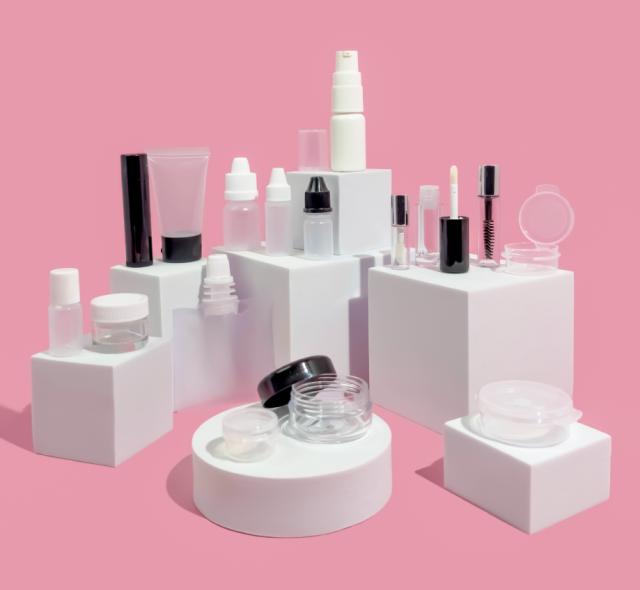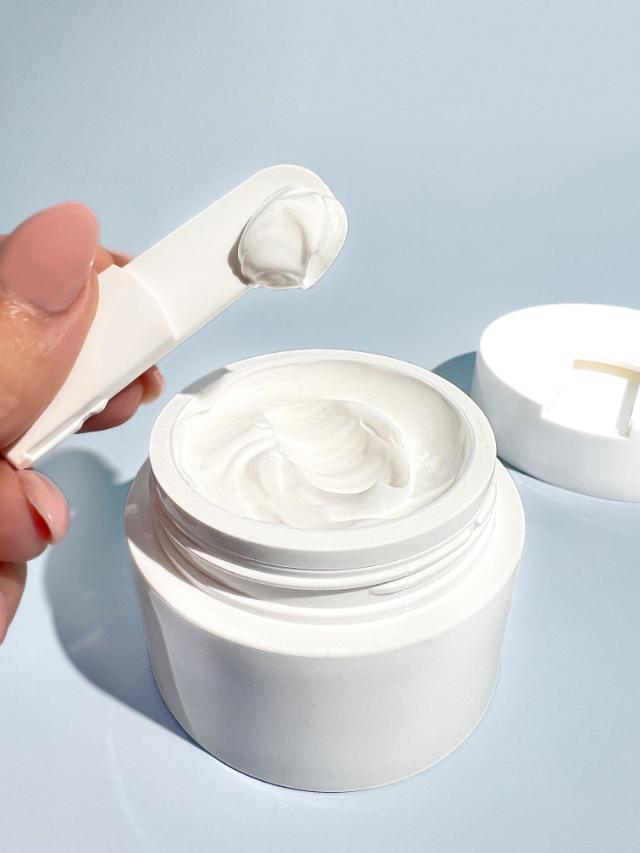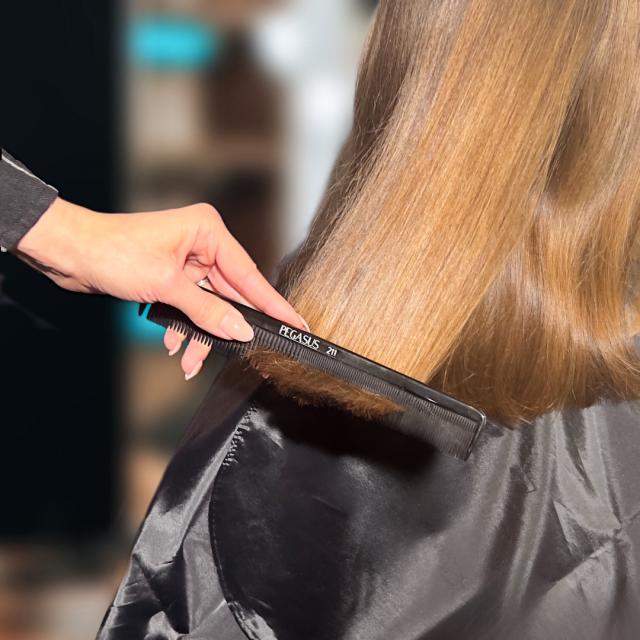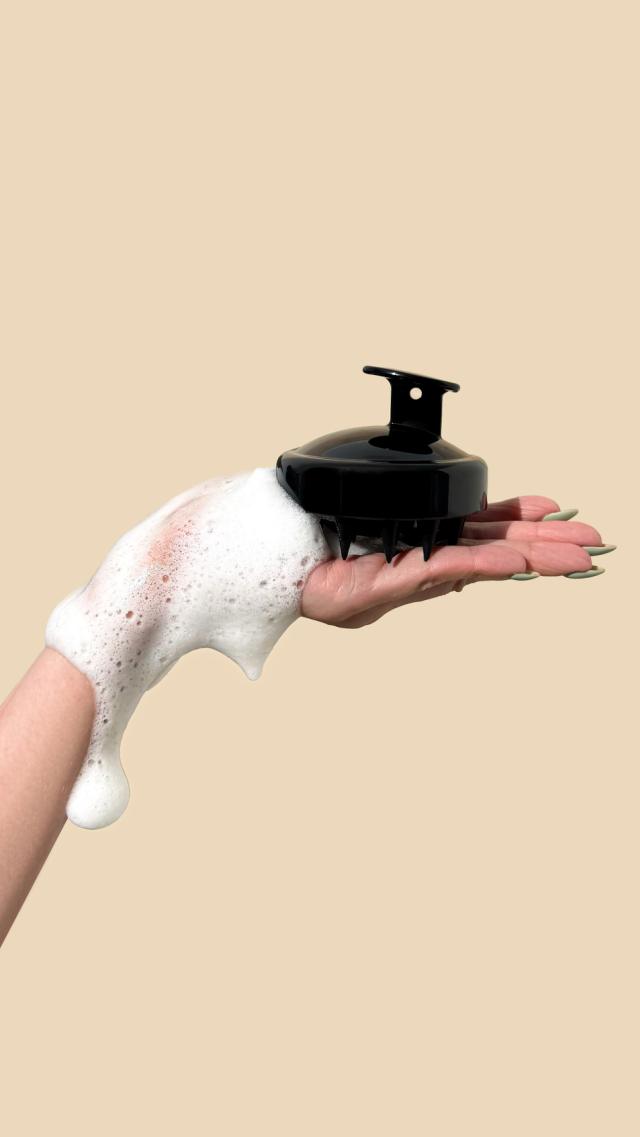The Importance of Inclusive Beauty Tools and Meeting Diverse Needs

At Qosmedix, we believe that beauty should be accessible, inclusive, and representative of everyone. The beauty industry has made significant strides in diversity and inclusivity, but true progress means ensuring that tools, applicators, and packaging cater to all skin tones, skin types, abilities, and identities. Every individual should have access to products that enhance their beauty routine, regardless of their unique needs or characteristics.
From adaptive tools for those with limited mobility to accessible packaging for the visually impaired, the future of beauty demands innovation that reflects the full spectrum of consumers. Here’s why inclusive beauty tools matter and how brands can meet the diverse needs of today’s consumers.
1. Expanding Accessibility in Beauty Packaging
The rise of shade diversity in makeup has been transformative, but inclusivity must also extend to how products are labeled, packaged, and communicated. For those who are blind or visually impaired, traditional packaging can present real challenges—making product identification and usage unnecessarily difficult.
How Beauty Packaging Can Be More Accessible:
- Braille labeling– Including Braille on packaging empowers visually impaired users to independently identify products and understand how to use them.
- Voice-assisted QR codes– Scannable codes that read product information aloud, including directions, ingredients, and shade names, create a more inclusive user experience.
- Clear packaging– While beneficial for all consumers, clear packaging allows for easier visual shade matching and transparency of product contents.

At Qosmedix, we support thoughtful packaging solutions that enhance accessibility for all users. These innovations are key to breaking down the barriers that still exist in the beauty space.
2. Adaptive Beauty Tools for People with Disabilities
For many individuals, applying makeup or engaging in a beauty routine is not just about aesthetics — it’s a form of self-care and self-expression. However, many traditional beauty tools are not designed with accessibility in mind, making it challenging for those with limited dexterity, mobility issues, or visual impairments to fully enjoy beauty products.
Examples of Adaptive Beauty Tools:
- Ergonomic brush handles– Designed for easy gripping, helping those with arthritis or limited hand strength apply makeup with precision.
- Self-standing mirrors– Allow for hands-free use at any angle, making beauty routines more convenient and independent.
- Magnetic or refillable packaging– Ensures ease of opening and reduces waste, catering to those who may struggle with small clasps or tight closures.
By incorporating adaptive designs into beauty tools, brands can ensure that every customer feels included and empowered in their beauty routine.

3. Textured Hair Tools & Scalp Care Innovations
The textured hair community has long faced challenges in finding the right tools to style, detangle, and maintain their hair. With growing demand for protective styles, natural hair care, and scalp wellness, brands must offer tools that cater to all hair types. Beauty should not be one-size-fits-all, and hair care tools should reflect the diversity of hair textures and styling needs.
Examples of Adaptive Beauty Tools:
- Wide-tooth combs & detangling brushes– Designed specifically for curly, coily, and thick hair textures to prevent breakage and ease detangling.
- Scalp massagers & cleansing brushes – Promote scalp health and circulation, supporting those who wear protective styles or have conditions like dandruff.
- Temperature-sensitive styling tools– Prevent heat damage and cater to diverse styling needs, allowing users to customize their haircare routine based on their hair texture and sensitivity.


With the right tools, individuals can achieve healthy, beautiful hair, no matter their curl pattern or styling preference. By offering innovative solutions for all hair textures, beauty brands can contribute to a more inclusive and empowering hair care industry.
4. Airless Bottles & Inclusive Product Dispensing
Airless packaging isn’t just about preserving formulas — it’s a step toward inclusivity in beauty. Many standard packaging designs require excessive squeezing, twisting, or fine motor skills to dispense products, creating accessibility barriers for individuals with mobility impairments, arthritis, or joint pain.
Advantages of Airless Bottles & Inclusive Dispensing:
- No need for excessive squeezing or twisting – Ideal for users with arthritis or limited hand mobility.
- Ensures equal access to product – Prevents waste and frustration by allowing users to access every drop of the product.
- Keeps formulas fresh for all users – Reduces contamination risks, extending product shelf life and maintaining hygiene.
- Touchless application options – Minimize the risk of germ transfer, making beauty routines safer and more sanitary.

To see some examples, browse our wide selection of airless dispensers and packaging solutions that prioritize both efficiency and accessibility. By implementing more inclusive product dispensing solutions, beauty brands can better serve all consumers, ensuring that everyone can easily access their favorite products.
The Future of Inclusive Beauty
Beauty is, and always has been, for everyone. The industry has a responsibility to ensure that every consumer—regardless of skin tone, mobility, or hair type—can find tools that work for them. By prioritizing accessibility, diversity, and innovation, beauty brands can empower all individuals to express themselves confidently.
At Qosmedix, we remain committed to advancing inclusivity in beauty tools and packaging, ensuring that every professional and consumer has access to high-quality, thoughtful solutions that meet their needs. As the industry evolves, so should the tools that define beauty, making sure no one is left behind in the pursuit of self-expression and confidence.
Let’s continue to push the boundaries of inclusivity in beauty—because everyone deserves to feel beautiful, empowered, and seen.